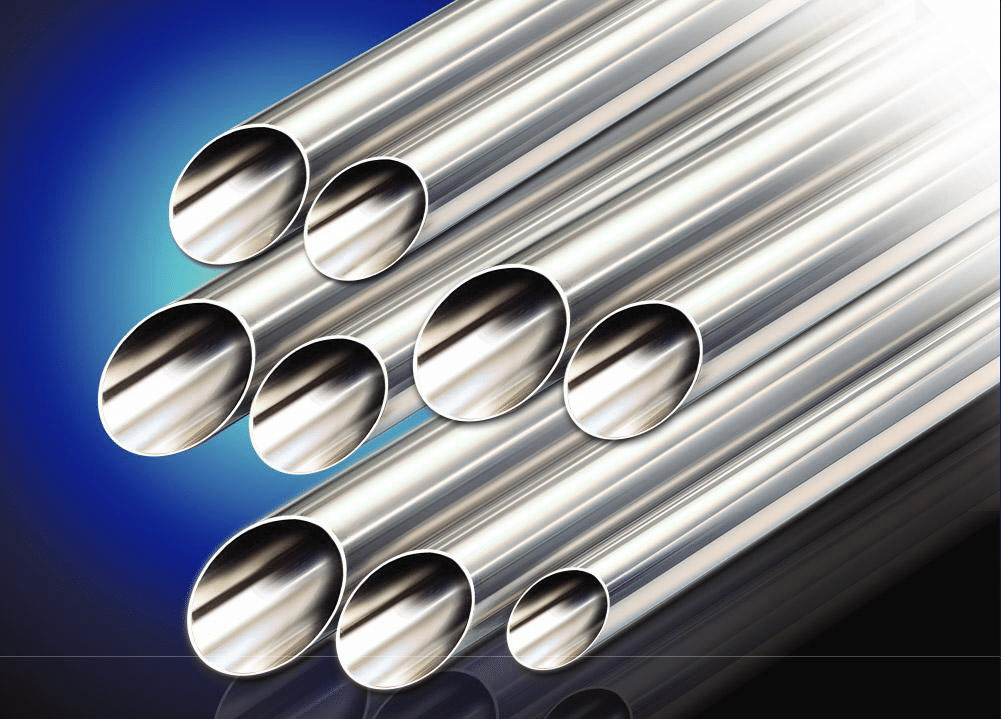In our daily life, no matter in small tableware or decoration, stainless steel processing is more and more widely used. So what should we pay attention to in the key points of stainless steel processing? Next, let’s have a brief introduction for you.
There are many reasons why stainless steel processing is important in the application field of building stainless steel processing. Corrosion environment requires smooth surface because it is not easy to scale. The deposition of dirt can rust or even cause corrosion of stainless steel. In the spacious hall, stainless steel is the most commonly used material for elevator decorative board. Although the surface fingerprints can be wiped off, they affect the beauty, so it is better to choose a suitable surface to prevent fingerprints. Sanitary conditions are very important for many industries, such as food processing, catering, brewing and chemical industry. In these applications, the surface must be easy to clean every day, and chemical cleaners are often used.
Stainless steel is processed into alloy material, there are different crystal phases, and the crystal phases change correspondingly when the temperature changes. Therefore, in the process of stainless steel processing (such as machining, casting, welding and cutting, etc.), one is that new phases (local phase transformation) are easily precipitated locally under the influence of temperature. The physical and chemical state of the materials between the grain boundaries is different from that of the grain itself, resulting in the corrosion rate at the grain boundaries is significantly higher than that of the grain itself (intergranular corrosion). The precipitation of these new phases will inevitably lead to the formation of a poor area of some elements. Whether the new phases are corrosion-resistant or not, they will lead to the uneven corrosion rate, such as pitting corrosion or pitting corrosion.

Key points for stainless steel processing: due to the influence of processing temperature, internal stress is easily generated, and a large number of chloride ions aggravate stress corrosion. In the process of plasma cutting, the coarse grains of austenitic stainless steel are caused by local high temperature, and even local melting occurs. The internal stress is too large, especially the stress corrosion. In the process of polishing at room temperature, the stress corrosion and intergranular corrosion can not be completely avoided though the formula of polishing solution can be adjusted to reduce the corrosion. In order to control intergranular corrosion and stress corrosion, it is necessary to start with the processing technology of stainless steel equipment and strictly control the process parameters, including welding process parameters, cutting methods, heat treatment temperature, etc., so as to avoid crystallization and internal stress concentration. During the polishing process, it was found that the welding seam and heat treatment part were corroded, especially the plasma cutting surface, which was aggravated with the extension of time. When heating the bend, the heated part also has serious corrosion. Attention shall be paid to the following points in stainless steel processing:

1. Stainless steel is processed by hot rolling, annealing, pickling and descaling. After treatment, the steel plate surface is a kind of dull surface, a little rough.
2. The stainless steel is processed by cold rolling, annealing, descaling and finally light rolling with rough roll. This is the most commonly used in building applications. Except for the last light cold rolling with polishing roller after annealing and descaling, other processes are the same as 2D, with slightly shiny surface, which can be polished. Bright annealing: This is a reflective surface, which is rolled by polishing roller and finally annealed in a controlled atmosphere. Bright annealing still keeps its reflective surface and does not produce oxide scale. Because there is no oxidation reaction in bright annealing process, pickling and passivation are not needed.
3. Stainless steel processing on polished surface: the surface is uniformly ground, with abrasive particle size of 80-100 ‘; the rough surface is polished, with even straight lines on the surface, which is usually made by one polishing on 2A or 2B board with abrasive belt with particle size of 180-200.
4. The unidirectional surface of stainless steel processing, reflection is not strong, this surface processing may be the most widely used in building applications. The process steps are first polishing with coarse abrasive, and then grinding with abrasive with particle size of 180
In stainless steel processing, the choice of cutting tools has high requirements for the materials used. When stainless steel is processed, the cutting force is large and the cutting temperature is very high, so we should try our best to choose hard alloy tools with high strength and good thermal conductivity. Moreover, pay attention to the roughness value of the front and back face of the cutter, which should not be too large to avoid chip sticking to the cutter. A kind of
Choose the right cutting fluid. Stainless steel processing material is easy to produce adhesion, and its heat dissipation performance is relatively poor. Main products: stainless steel plate shear bending processing, stainless steel tube processing, stainless steel profile and copper, aluminum processing customization. Hunan Changsha Liheng stainless steel material Co., Ltd. is a professional stainless steel product manufacturer. Quality assurance needs to choose It has cutting fluid with good adhesion resistance and heat dissipation. In stainless steel processing, there are also high requirements for the tool materials used. The cutting force is large and the cutting temperature is very high, so we should try our best to choose hard alloy tools with high strength and good thermal conductivity. Moreover, pay attention to the roughness value of the front and back face of the cutter, which should not be too large to avoid chip sticking to the cutter.
Stainless steel processing and blanking
Cutting methods of stainless steel processing are generally divided into three types: cutting, sawing and plasma cutting. In the process of shearing, the material shall be isolated from the support, and the rubber pad shall be laid inside the hopper to avoid scratching the stainless steel. If it is sawing, clean up the residual oil on the tool in time after sawing. Plasma cutting is relatively fast, but it should be noted that the site should be cleaned in time after cutting.
Machining and forming of stainless steel
During the processing of stainless steel, protective measures shall be taken. During the bending process, stainless steel shall also be protected to compare the scratches on the surface. After processing, the residue and oil stain on the workpiece shall be disposed in time. A kind of
Stainless steel welding processing, welding must be carried out in the specified welding area, before welding, it is necessary to carefully clear the stains, rust and dust on the parts. Argon arc welding shall be adopted as far as possible to weld stainless steel. In a word, when processing stainless steel, we should be careful, pay attention to the cleaning of stains and residues, and carefully protect the stainless steel surface from scratches. At the same time, the safety of construction personnel is also very important. Workers should operate according to the standard specifications.

